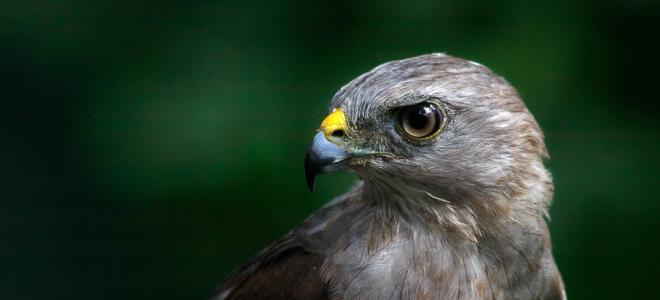The Caribbean is one of the world's most important biodiversity hotspots. Hispaniola is home to one endemic diurnal raptor, the Ridgway's Hawk, and one endemic nocturnal raptor, the Ashy-faced Owl. Apart from the endemic species, Hispaniola has many other raptors inhabiting most habitats across the island.
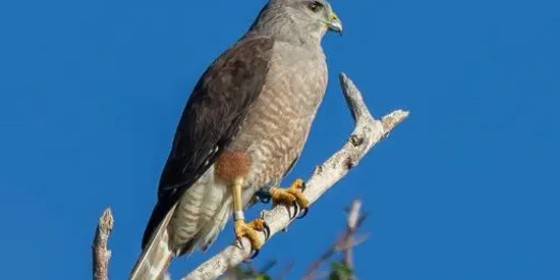
Carlos Suarez
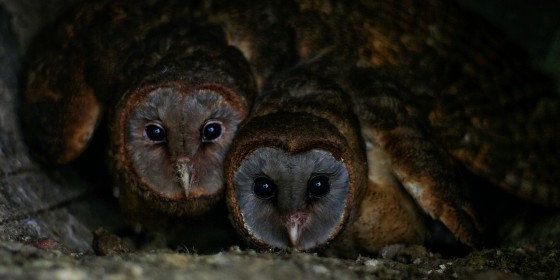
Carlos Suarez
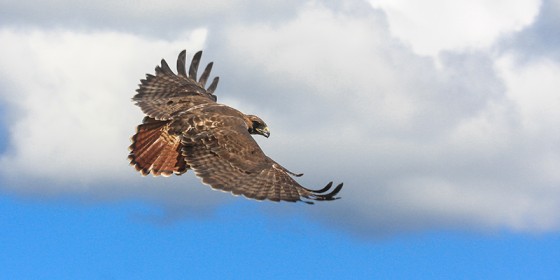
Carlos Suarez
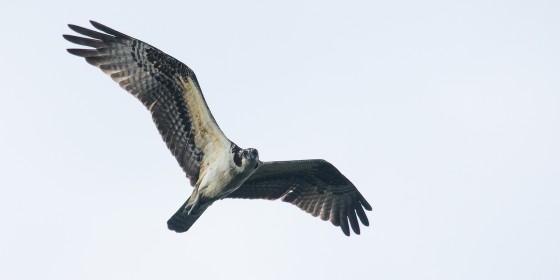
Carlos Suarez

Carlos Suárez
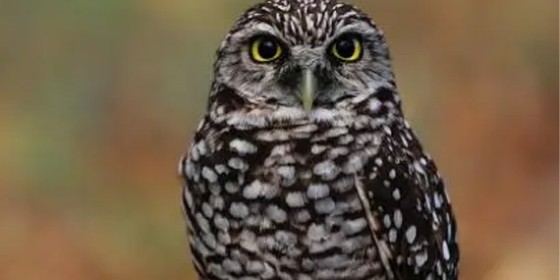
Carlos Suárez
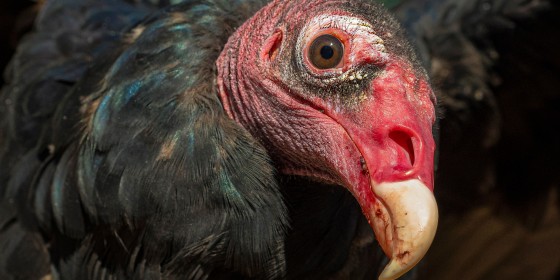
Jim Shane
